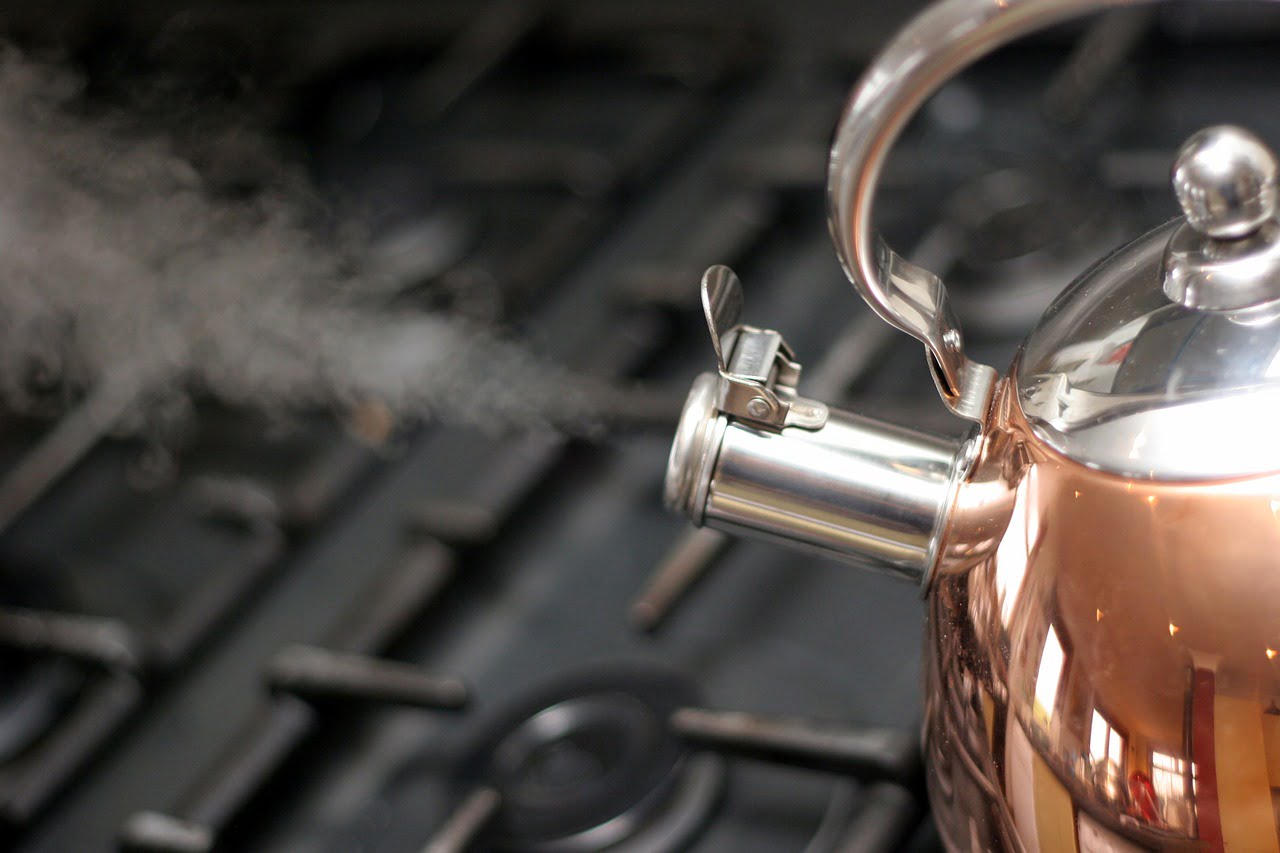The authors of numerous articles on the Internet claim that water should not be boiled more than once, otherwise it becomes harmful to health. We have analyzed the main arguments in favor of this thesis.
It often happens that you turned on the kettle, got distracted and remembered the desire to drink hot tea when the water had already cooled down. There are dozens of materials available in Russian that call in such a situation to pour out the contents of the kettle, refill it and boil it again, because repeated boiling is dangerous. There are plenty of arguments: from increasing salt concentration to formation of dangerous fluorine compounds, from possible arsenic poisoning to converting ordinary water into “heavy” deuterium. Let's look at these arguments.
When water boils again, it is converted to deuterium
Deuterium (or heavy hydrogen) - isotope hydrogen with an atomic mass of 2. Unlike the most common isotope, protium, the nucleus of a deuterium atom consists of a proton and a neutron. In nature, deuterium makes up about 0.015% of the total volume of hydrogen. The fear of the appearance of this isotope in an ordinary teapot appeared in the Russian-speaking environment thanks to the famous historian of Russian cuisine William Pokhlebkin, who wrote about this in 1968 in his book about tea. A year later, Soviet scientists calculated: in order for the concentration of deuterium to exceed the natural one ten times, you need to boil 2 × 1033 kg of water, which is several orders of magnitude more mass of the Earth. Due to the negligible efficiency of deuterium mine not by boiling, but by ion exchange or electrolysis.
When the water boils again, the concentration of arsenic increases sharply
The authors of several materials refer to the statement of the World Health Organization (WHO) that arsenic is the most dangerous substance that can end up in drinking water. In the poorest countries this is indeed a serious problem, but in most countries the concentration of arsenic in tap water is strictly regulated. For example, in the USA limit — 0.01 mg/l, similar norm valid and in Russia. WHO considers dangerous regular consumption of water with an arsenic concentration of 0.05 mg/l. If you completely fill a 1.7 liter kettle, then to obtain this proportion you will need boil out about 80% water. To obtain a solution that can cause severe poisoning, you need to boil the kettle over and over again. volume in 10,000 l.
When boiling again, fluorides are formed, which slow down the development of the child.
The harmful effects of fluoride on human health are a whole conspiracy theory. theory, which has many followers. When talking about the harmfulness of this element and its salts, the authors of the materials we checked pull out a trump card: they refer to a study by Harvard University. This article is really exists, its authors also reviewed the then-available information about the effects of fluoride on neurological development. Except this study doesn't say anything about boiling. We can do the same calculations as with arsenic. Perhaps it has to do with how boiling affects concentration. The highest (and at the same time biased) assessment of the toxicity of fluorides for humans is 0.8 mg per kg of body weight, standard fluoride content in drinking water in Russia is 1.5 mg/l. For a cup of tea to become dangerous due to its high fluoride content, you need evaporate to its volume (350 ml) about 40 liters of water.
When boiling again, the nitrates contained in the water are converted into carcinogens
Nitrates - substances containing the nitrate ion - can indeed be found in drinking water. However, boiling is not a condition for the transition of such a compound into the carcinogen nitrosamine. 2011 study showedthat boiling can reduce the concentration of some nitrosamines in water, but does not affect the concentration of others at all. Conversion of nitrates into dangerous carcinogens to a much greater extent depends depending on what kind of treatment the water went through before you started using it.
When boiling again in the water salt concentration increases
Regarding this argument, everything that was said above about arsenic and fluorides is true. The established standards for the content of salts in drinking water are such that their concentration is very far from dangerous values. To achieve it, the water will need to be evaporated several times - two boilings are clearly not enough for this. Moreover, if the water itself is not sufficiently purified and contains dangerous impurities, neither one nor two boilings will make it less harmful. It is dangerous to drink such water in any case.
Mostly lies
- https://www.snopes.com/fact-check/never-boil-water-twice/
- https://www.snopes.com/fact-check/water-fluoridation-reduces-iq/
If you find a spelling or grammatical error, please let us know by highlighting the error text and clicking Ctrl+Enter.







